At its annual Adobe MAX 2025 conference, Adobe introduced one of its most innovative tools yet — “Corrective AI.” The new technology, showcased under the company’s experimental “Sneaks” program, promises to revolutionize the way creators edit voice-overs and audio. Instead of generating new voices, this tool focuses on enhancing, refining, and correcting existing recordings with astonishing precision.
Giving Voice-Overs a Second Chance
Corrective AI allows editors to adjust emotional tone, pacing, and delivery without needing to re-record a single word. In live demonstrations, Adobe showed how a flat, monotone narration could instantly be transformed into one that sounded confident, calm, or excited, all with a few clicks.
The system works through emotion tags — users can highlight parts of a transcript and assign moods like “serious,” “enthusiastic,” or “whisper.” The tool then modifies the existing voice track to match the selected tone, seamlessly integrating it into the rest of the recording. This means that creators can now fix voice performances in post-production, saving valuable time and cost.
Cleaning and Controlling Sound
Beyond emotion adjustment, Corrective AI includes powerful sound-separation features. It can isolate voices, ambient sounds, or background music, allowing editors to remove unwanted noise or replace problematic elements with ease.
In one example, Adobe demonstrated how the tool could remove loud background bells from a recording taken near a bridge, keeping the speaker’s voice clear and natural. In another case, it identified unlicensed background music in a video, removed it, and replaced it with a royalty-free alternative while maintaining consistent ambient tone.
Why It Matters for Creators
Corrective AI represents a major leap forward for digital creators, podcasters, filmmakers, and online educators who often face challenges with imperfect audio. The ability to reshape recordings without re-recording offers enormous flexibility and creative control.
- Efficiency: No need to bring voice actors back into the studio for minor edits.
- Consistency: Tone and mood can be matched across different scenes or projects.
- Accessibility: Small creators and independent filmmakers can achieve professional-quality sound with minimal equipment.
Ethical and Creative Questions
While the technology has clear benefits, it also raises questions about authenticity and consent. If an editor can alter a speaker’s tone or emotion, who owns the final performance — the speaker or the software? There’s also concern about potential misuse, such as changing the intent or mood of someone’s recorded words.
Adobe emphasized that Corrective AI is meant as a creative enhancement tool, not a deepfake generator. The company said it plans to implement transparency features that mark when AI-assisted edits have been made.
The Road Ahead
Corrective AI remains in its experimental phase, but given Adobe’s track record with Sneaks projects, experts expect it could become a production feature in the near future. If released widely, it could transform audio editing workflows across industries — from advertising and filmmaking to education and journalism.
This innovation marks a turning point in how artificial intelligence supports creativity: not by replacing human work, but by refining and perfecting it.

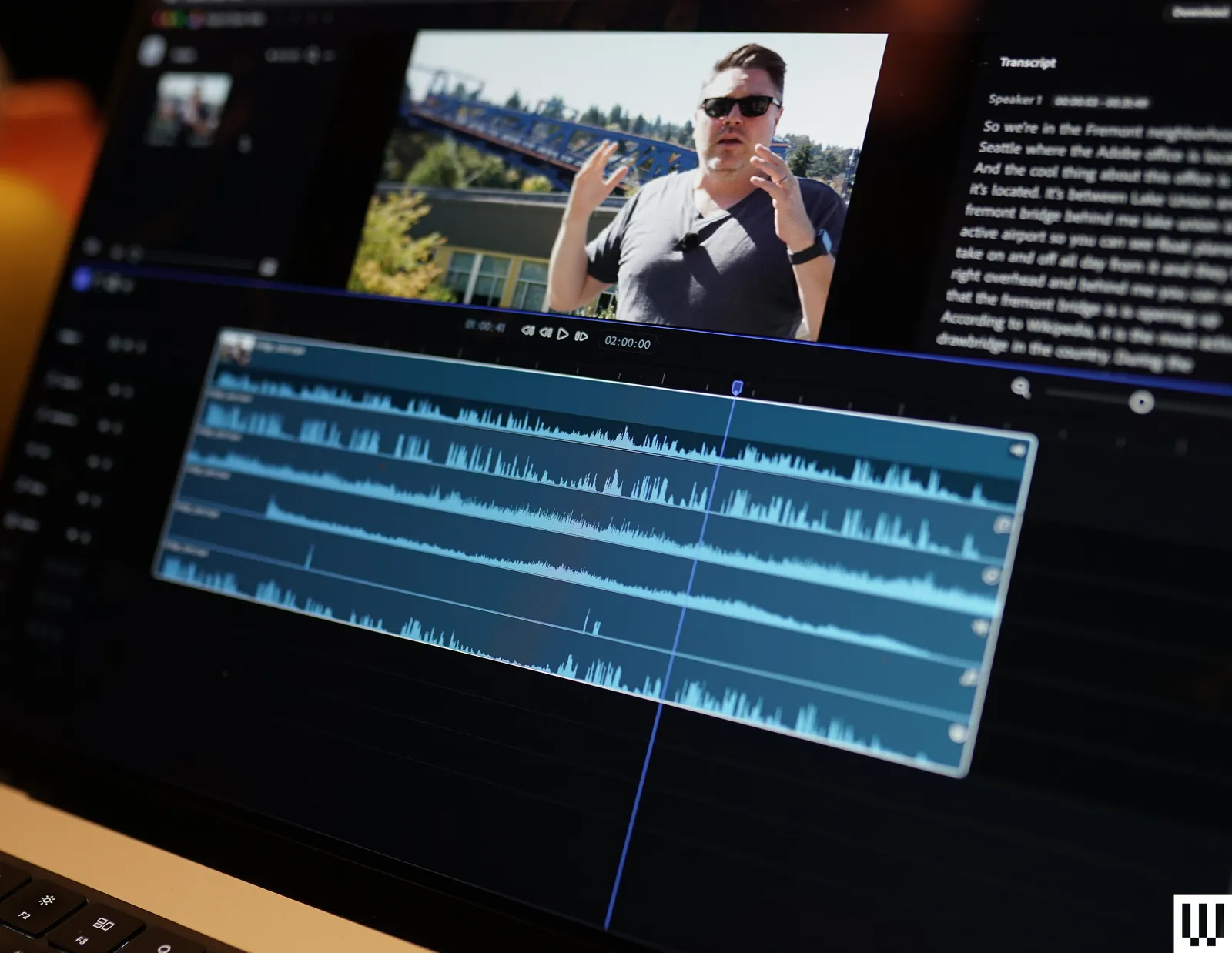
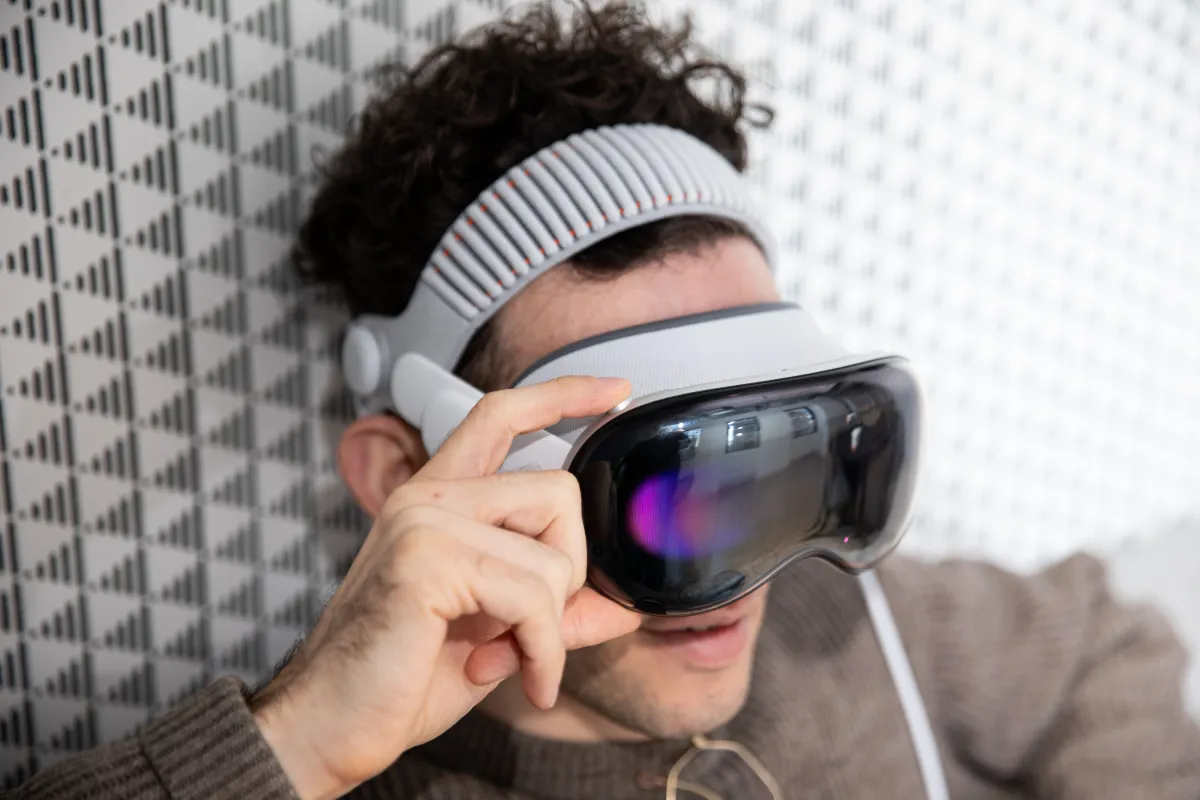


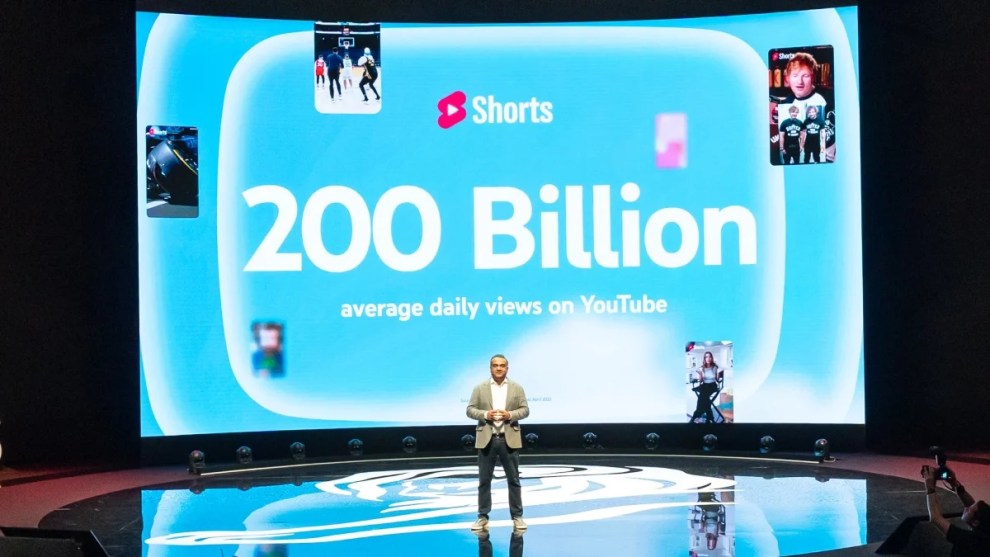
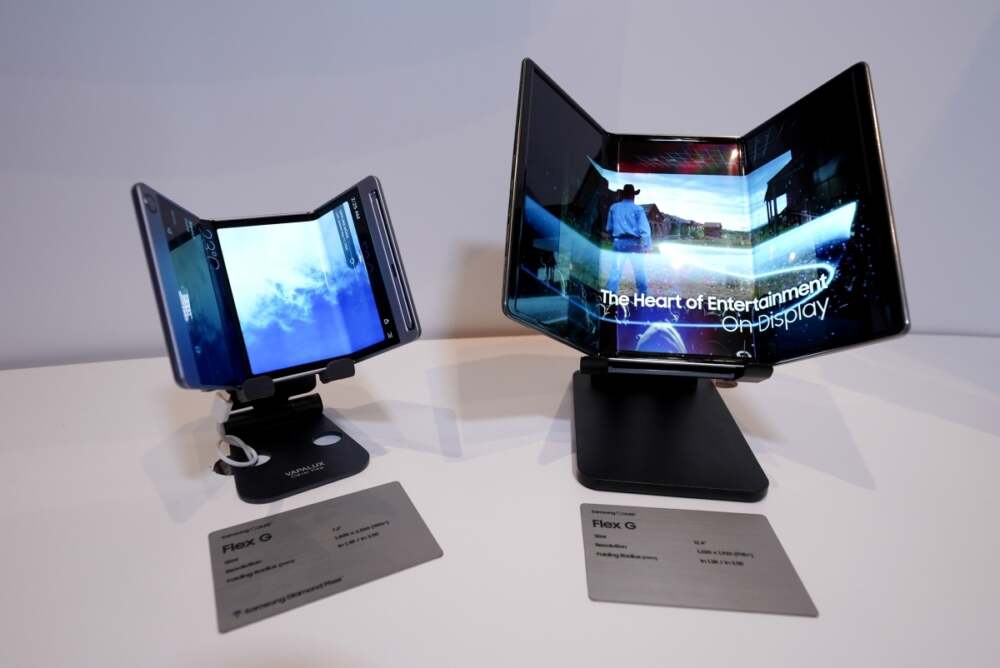




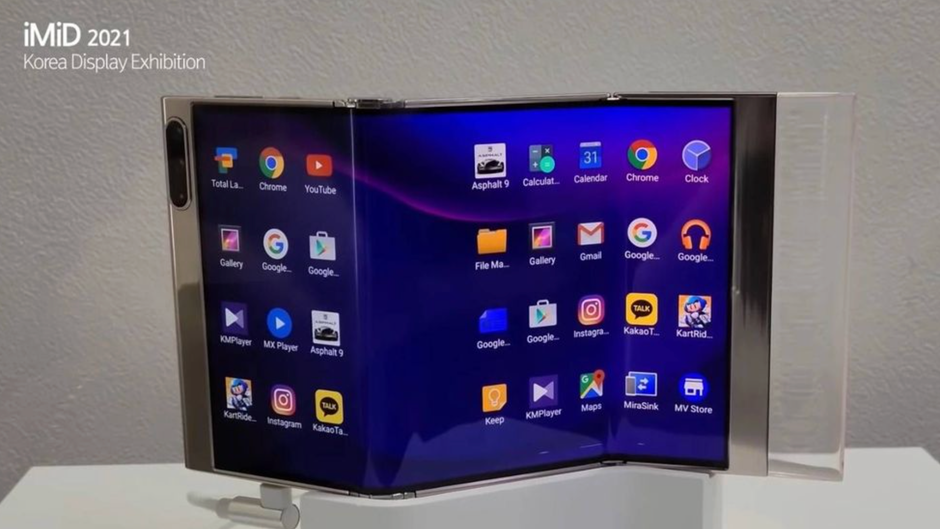

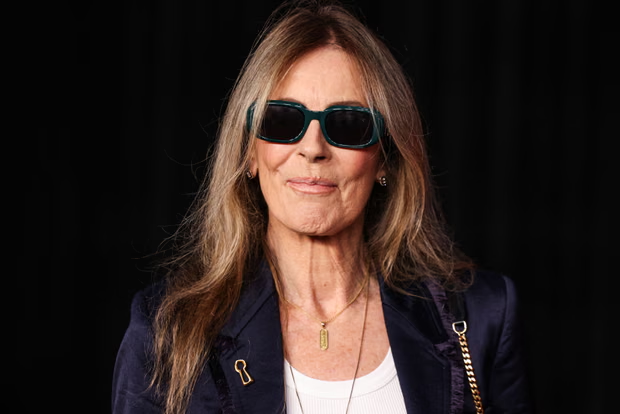
Leave a Reply